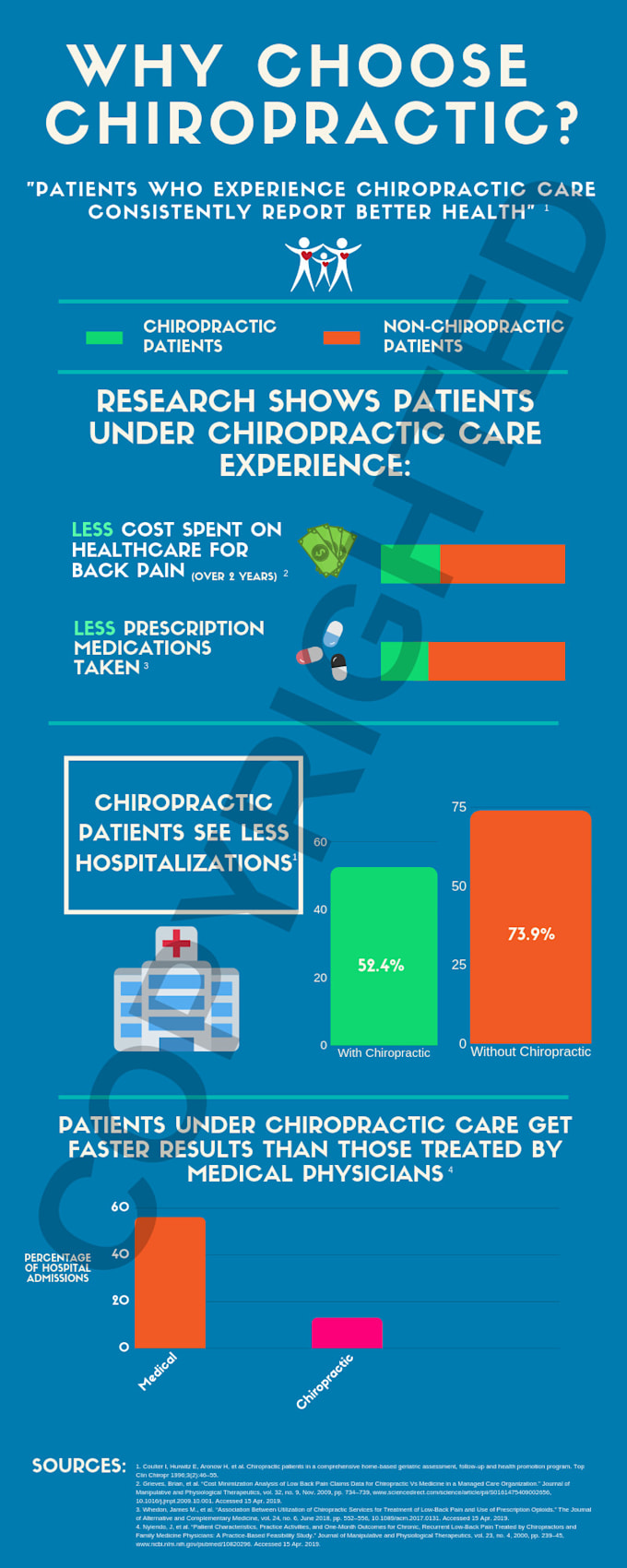Get Ready To Uncover The Intriguing Mobile Interactions Of Cold Laser Therapy And How It Takes Advantage Of Light For Recovery-- Dive Much Deeper Into The Scientific Research!
Get Ready To Uncover The Intriguing Mobile Interactions Of Cold Laser Therapy And How It Takes Advantage Of Light For Recovery-- Dive Much Deeper Into The Scientific Research!
Blog Article
Created By-Jespersen McIntosh
You may have heard of cold laser treatment as a promising therapy choice for different conditions, but have you ever before asked yourself how it actually works on a mobile degree? Recognizing the systems behind this treatment can shed light on its effectiveness in advertising recovery and decreasing swelling. By discovering the scientific research behind cold laser therapy, you'll obtain understandings right into the fascinating methods which light can affect cellular processes and help with cells repair.
Just How Cold Laser Treatment Works
To recognize how cold laser treatment works, you require to understand the basic principles of exactly how light power interacts with organic tissues. Cold laser therapy, likewise referred to as low-level laser treatment (LLLT), uses details wavelengths of light to penetrate the skin and target hidden cells. Unlike the extreme lasers used in surgical procedures, cold lasers send out reduced degrees of light that don't generate warmth or create damage to the tissues.
When these gentle light waves get to the cells, they're absorbed by elements called chromophores, such as cytochrome c oxidase in mitochondria. This absorption activates a series of organic reactions, consisting of enhanced cellular energy manufacturing and the launch of nitric oxide, which enhances blood circulation and reduces inflammation.
Furthermore, the light energy can additionally stimulate the manufacturing of adenosine triphosphate (ATP), the energy currency of cells, helping in mobile repair service and regrowth procedures.
In essence, cold laser therapy harnesses the power of light energy to promote healing and reduce discomfort in a non-invasive and mild fashion.
Devices of Action
Just how does cold laser therapy really work to create its therapeutic results on organic tissues?
Cold laser treatment, likewise referred to as low-level laser therapy (LLLT), runs via a procedure known as photobiomodulation. When https://thegadgetflow.com/blog/meet-therapeutic-laser-device-that-gives-faster-results-saves-time/ is applied to the skin, the light power passes through the cells and is soaked up by chromophores within the cells.
These chromophores, such as cytochrome c oxidase in the mitochondria, are then promoted by the light energy, bring about a cascade of organic responses. One vital device of activity is the improvement of cellular metabolism.
The taken in light energy enhances ATP production in the mitochondria, which is critical for cellular feature and repair work. In addition, cold laser treatment aids to reduce inflammation by hindering inflammatory conciliators and promoting the launch of anti-inflammatory cytokines.
low level laser therapy anti-inflammatory impact contributes to pain relief and cells healing.
Healing Effects
Recognizing the therapeutic results of cold laser treatment involves identifying how the improved mobile metabolism and anti-inflammatory properties add to its favorable outcomes on organic tissues.
When the cold laser is applied to the damaged location, it stimulates the mitochondria within the cells, leading to increased manufacturing of adenosine triphosphate (ATP), which is crucial for mobile feature and repair. This increase in cellular power accelerates the healing process by advertising cells regrowth and minimizing inflammation.
Furthermore, the anti-inflammatory homes of cold laser therapy aid to lower pain and swelling in the targeted location. By inhibiting inflammatory moderators and advertising the launch of anti-inflammatory cytokines, cold laser therapy aids in reducing pain and improving the general recovery response.
This decrease in swelling not only supplies immediate alleviation however likewise supports lasting tissue repair.
Conclusion
Finally, cold laser therapy functions by promoting mobile repair work and tissue regrowth with photobiomodulation. Its anti-inflammatory properties supply pain relief and lower swelling by hindering inflammatory conciliators.
This therapy uses a detailed technique to healing, providing both prompt alleviation and long-lasting cells fixing benefits.
Through its mechanisms of activity, cold laser treatment verifies to be a reliable and encouraging treatment alternative for a variety of conditions.
